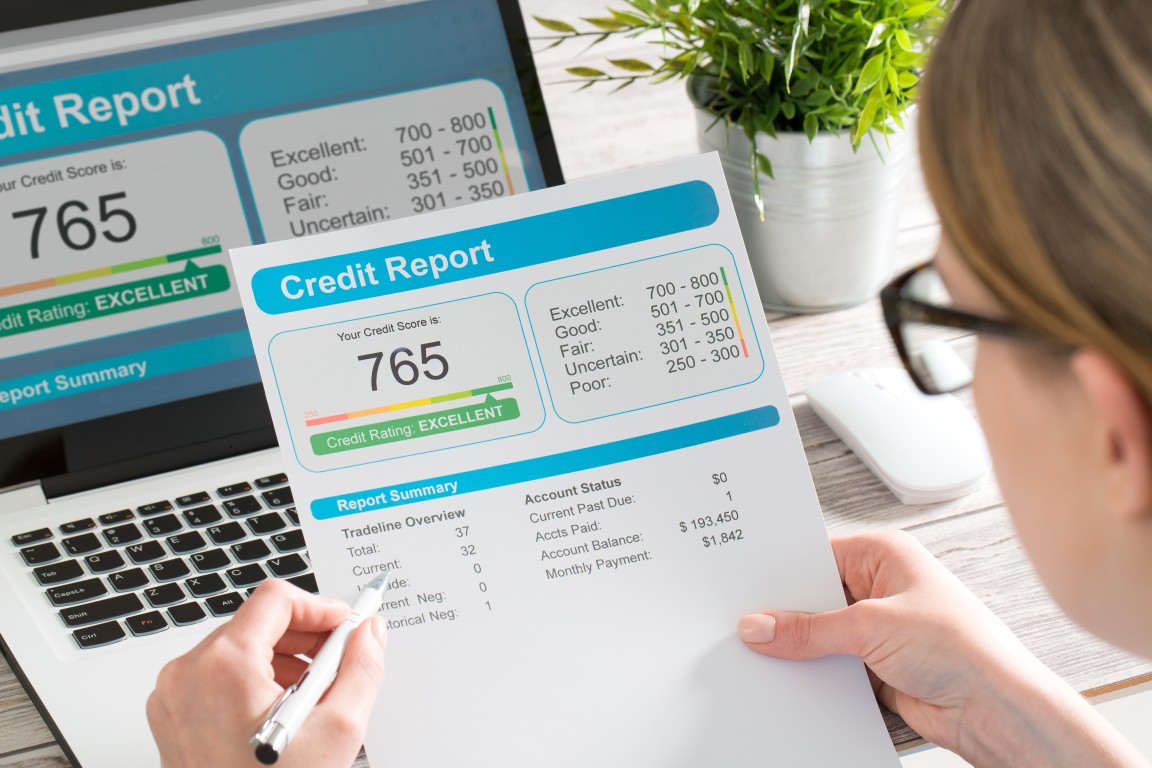Use these tips to establish a good credit rating for free

Building a good credit rating usually involves spending money. You might have to pay a loan origination fee, interest on a loan, or an annual fee. If you know where to look, however, there are a few ways to build up your credit rating without having to spend any money.
Read More »• Be placed as an authorized user on a person’s credit card
Instead of applying for a credit card on your own and having to be subject to a check on your credit, you might be able to build your credit rating by asking a family member or a close friend to add you as an authorized user on one of their cards. The credit card company will mail you an authorized user’s card that is linked to the primary account of the cardholder.
Credit card companies’ policies can be different, however, so you should check first with the issuer of the card whether the account will be reported to a credit bureau under your name.
You should also make sure that the person you are asking to add you as a user handles the account responsibly. You might be an authorized user, but the main cardholder is responsible for making the payments.
Ideally the person on whose card you are an authorized user always pays the card on time and maintains a balance below the credit limit on the card. If the person fails to do this, however, your FICO score could be hurt.
• Take advantage of a credit-builder loan
Here is an option that places you more in control. Find a credit-builder loan that carries with it no administration, origination, or service fees—and does not charge you interest.
Credit unions, banks, and online lenders offer credit-builder loans, although they are not as common as other types of loans. A number of non-profit organizations also issue and manage these accounts to help people not only to establish but also to build their credit rating.
A common form of credit-building loans is a lending circle. Usually from six to 12 people are placed in a group. Each member of the group contributes the same amount. It could be from $50 to $200 a month. This money goes into the circle’s pool.
A member receives the entire amount in the pool in the first month. The next member in line receives the entire amount the next month, and so on down the line. By the end of the time period, each member has had a chance to receive the entire amount in the pool for that month.
These lending circles historically have been informal savings programs organized in a community. By establishing an organized structure and issuing documents relating to the loan, however, the non-profit organizations running the circles can report your payments each month to credit bureaus.
A potential drawback, of course, is that you will not know the position in which you will be placed until after the lending circle is established. The loan might not cost you any money, but you might have to make payments for some months until it is your turn to get the pooled amount. Clearly, you should not join a circle if you need the money urgently.
As you make your payments, the lender will report them to the three national credit bureaus—Equifax, Experian, and TransUnion. That information can be used to provide you with the FICO score, which you can use when you apply for credit cards or other types of loans.
The people at myFICO point out that if you have no credit history it will take you six months of making payments to calculate a FICO score.
• Obtain a secured credit card that is flexible.
A traditional form of secured card requires that you send a refundable deposit to the issuer of the card. A common amount is $200. That amount determines the credit limit on the card account. The drawback of these cards is that they can be expensive and inconvenient as some have high interest rates and annual fees.
Some banks, however, are now offering secured credit cards that might be less expensive and easier to manage. These cards often do not carry minimum security deposits or annual fees. Although you might still be required to pay a security deposit that is refundable, these banks allow you to manage the savings account with the security deposit more closely.
Should you want to use the card, you can move money into the account quickly. Should you change your mind, you can withdraw the funds without having to close your secured credit card.
• Add utility, rent or other monthly bills to your credit reports.
Here you can look for programs that enable you to add what is “alternative data” to your credit reports. Among that data can be payments for your cell phone, utility, rent, or other bills.
A potential drawback here is that some of the free programs that allow you to add this data report to only one or two of the three leading credit bureaus. The programs that report to all three might carry with them monthly subscriptions or a one-time fee.
Your landlord might have to sign up for those programs that allow for rent payments to be included. It might be worthwhile finding out whether your landlord will do so, however, if you are eager to build credit without obtaining a loan or a credit card.





